Here’s how a recent day played out.
(Photography by Boone Speed.)
He is one of a dozen-plus professional creatives with successful careers who contribute images and visual storytelling to Alta. Hennie does it for the ski pass, which helps when he needs to capture ski footage for other clients or passion projects.
Today, with a newborn at home, Hennie is spending most of his time at the editing desk executing contract work and crafting a short film (that’s the trailer) about a skier’s journey to Türkiye—the nation state of Turkey’s new official name—to connect with his ancestry. But when it dumps, you’ll find him on the hill with a lot of gear. Sounds glamorous to laypeople. But as anyone who has ever carried a heavy pack on skis knows, it’s crushingly hard work. That’s part of why it’s so rewarding.
Here’s how a recent day played out.
(Photography by Boone Speed.)
6:30 a.m.: A big storm cycle in Utah means Little Cottonwood Canyon will be barricaded while avalanche teams trigger slides and U-DOT crews clean up the mess. That was the case on Thursday, February 8th, so to catch early ups, Hennie gets in line at 6:30 a.m. awaiting an 8:30 a.m. road opening. Hennie reckons he was the 20th car in line. He used that time to catch up on emails and invoicing—the last thing outdoor creatives ever get around to.
8:45 a.m.: As with all Alta shooters and athletes, Hennie doesn’t dally in the lot frying bacon. He’s slamming on the boots and running to the lift to get early ups, which at Alta is not all that early and typically happens at 9:00 a.m. if avalanche control is caught up. Early ups is a highly structured 15-minute head start to the day for creatives. There are only a few zones that are cleared for shooting. One of them is a short hike-to shot above the Wildcat lift called The Shoulder. It’s a gold mine for untracked powder images, but it isn’t long enough that the public would care about the handful of tracks.
Hennie and two Alta Team athletes, William “Willie” Nelson and Lexi Dowdall are on the Wildcat lift. Alta doesn’t give its creatives and athletes tick lists. The ski area just wants quality footage that shows the mountain and the culture in all its glory. But Hennie knows that storm skiing sells, and the more of that he can capture inbounds the better.
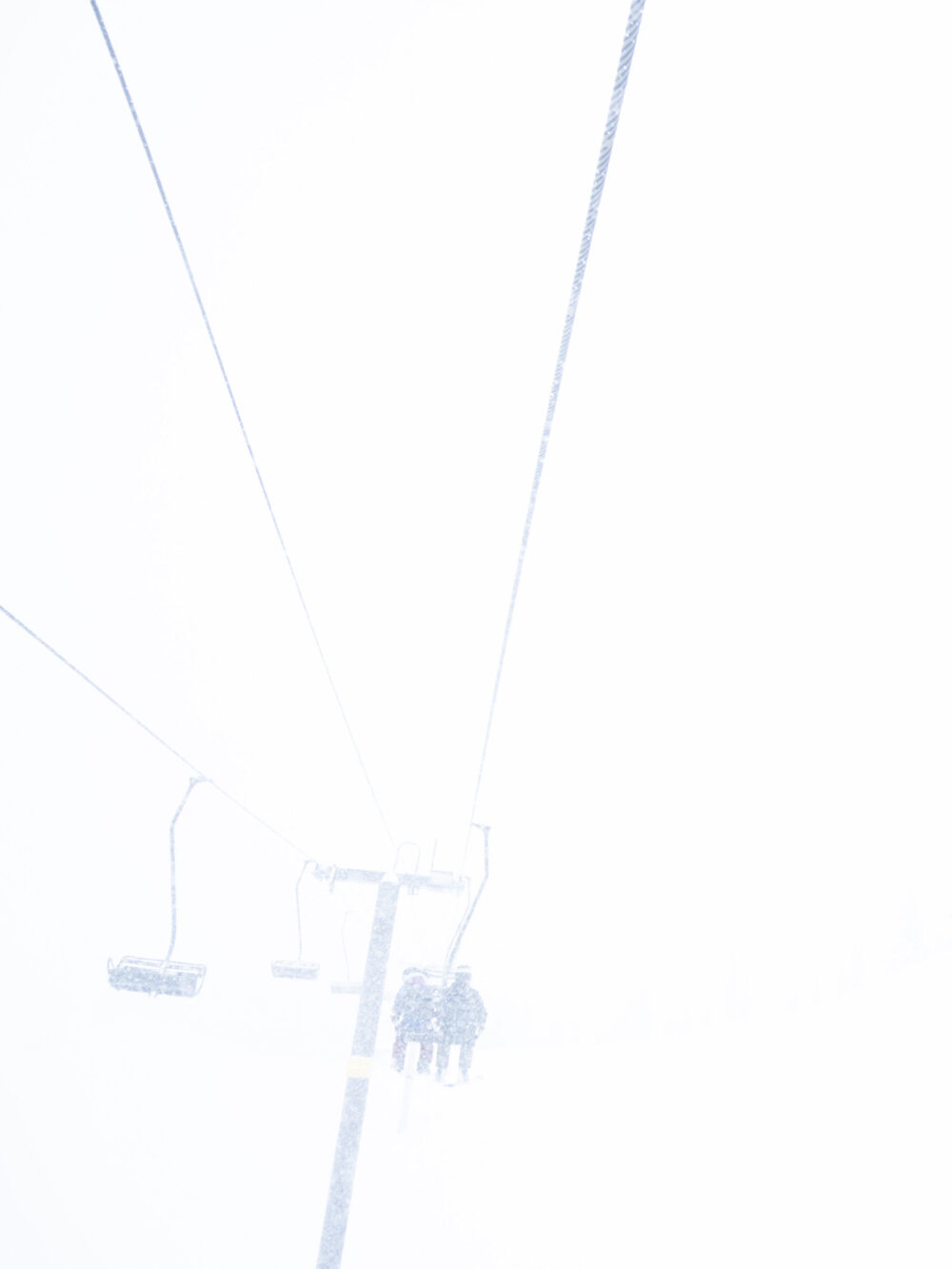
9:25 a.m.: With Hennie acting as a one-person crew, Willie and Lexi thrash the untracked on The Shoulder. Hennie has a long list of clients with demands and pressing needs, so on these more relaxed shoots at Alta he can experiment with framing shots, and, on this day, some new gear he’s figuring out. “To me, a day shooting powder is as fun as a day skiing powder,” he says. “I first started shooting ski action in high school in Vermont, but getting to share the joy of an Alta powder day is a reward in itself, and getting better at what I do is too.”
10:38 a.m.: It will be the second and final lift ride up Wildcat for the day for Hennie and the athletes on the shoot. They will get two runs in two and a half hours. That’s how long it takes to scout lines, get set up, send the skiers one at a time, and move on to the next shot. Capturing one of the most fluid sports on earth involves a lot of stop and go action.
The crew is working the Westward Ho zone off Wildcat lift. The lifts have been spinning for hours and the maniacs are out to sully every patch of clean canvas. This is a deal breaker for still shooters who need the sparkling stellar dendrites in the foreground to shine as much as the skiers, but for a filmer capturing motion, ripping skiing is ripping skiing.
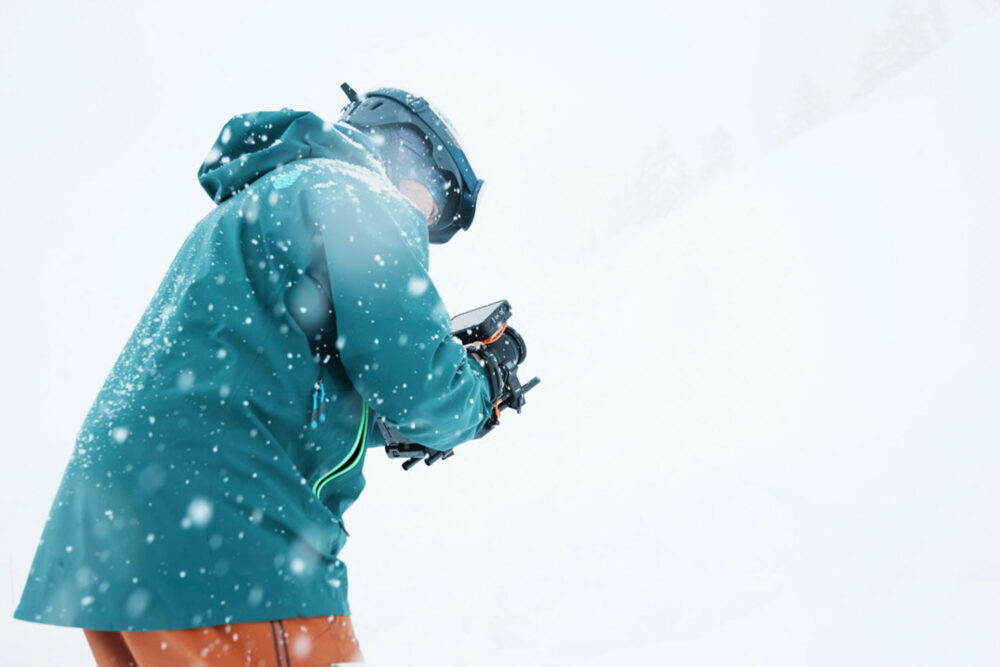
11:40 a.m.: To make the shoot work, the skiers and the shooter must work in concert. Doglegging to skier’s left as they descend, Hennie lines up an alley for Lexi to ski and then traverses on for a clean line for Willie. Sometimes a customer will poach the shot. Nobody cares. “We don’t own the hill,” says Hennie. “We share it with everyone else.” In Westward Ho, there’s always another line. The trick is to find shots that are long enough for the athletes to get their speed up and make a few turns so the finished product doesn’t look like a one-turn wonder.
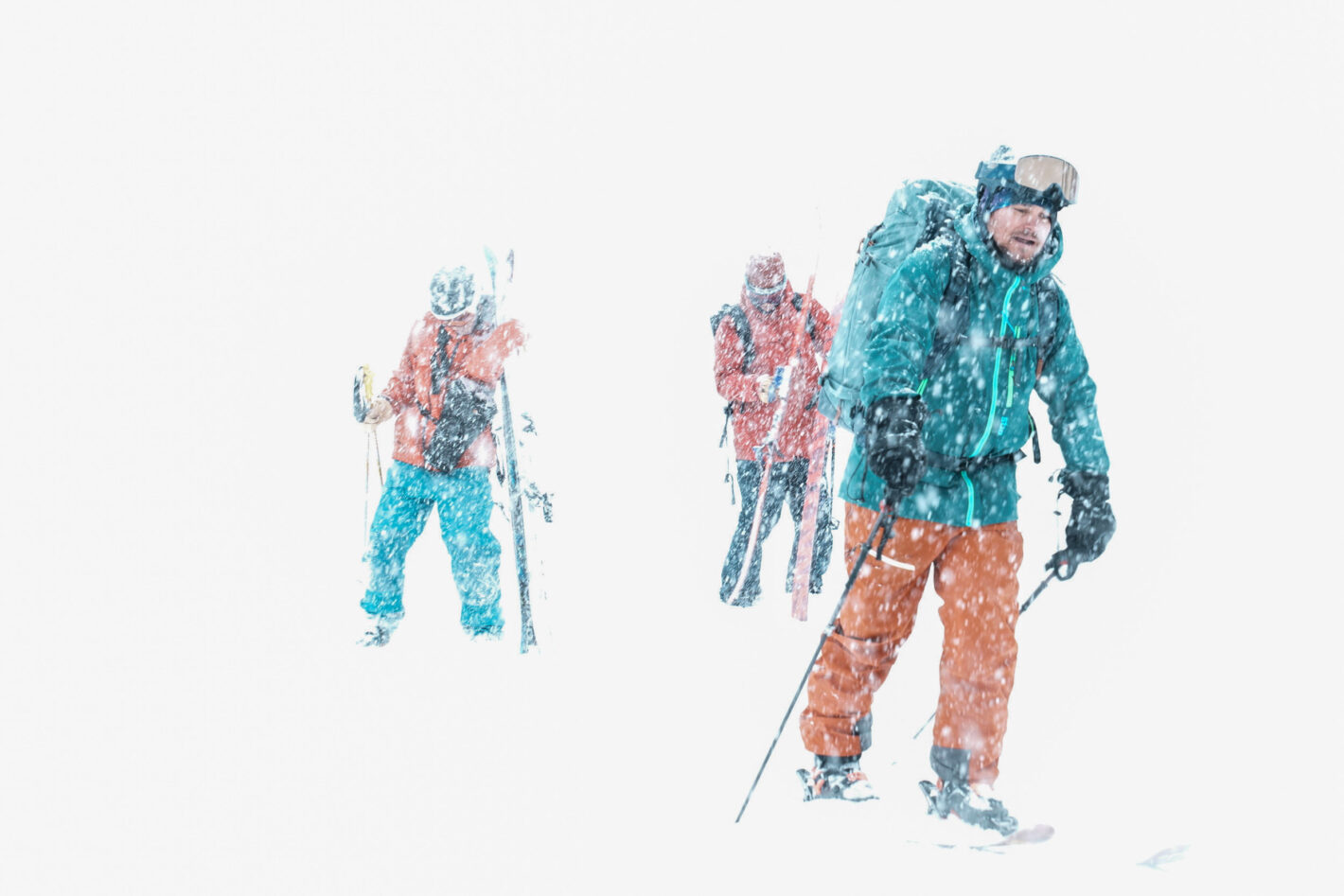
12:15 p.m.: The shoot is over. Hennie is back at the car. In a normal year, he’d drop his camera bag and burn a few laps with Lexi and Willie, but with a newborn at home he needs to come off the bench and give his wife a rest.
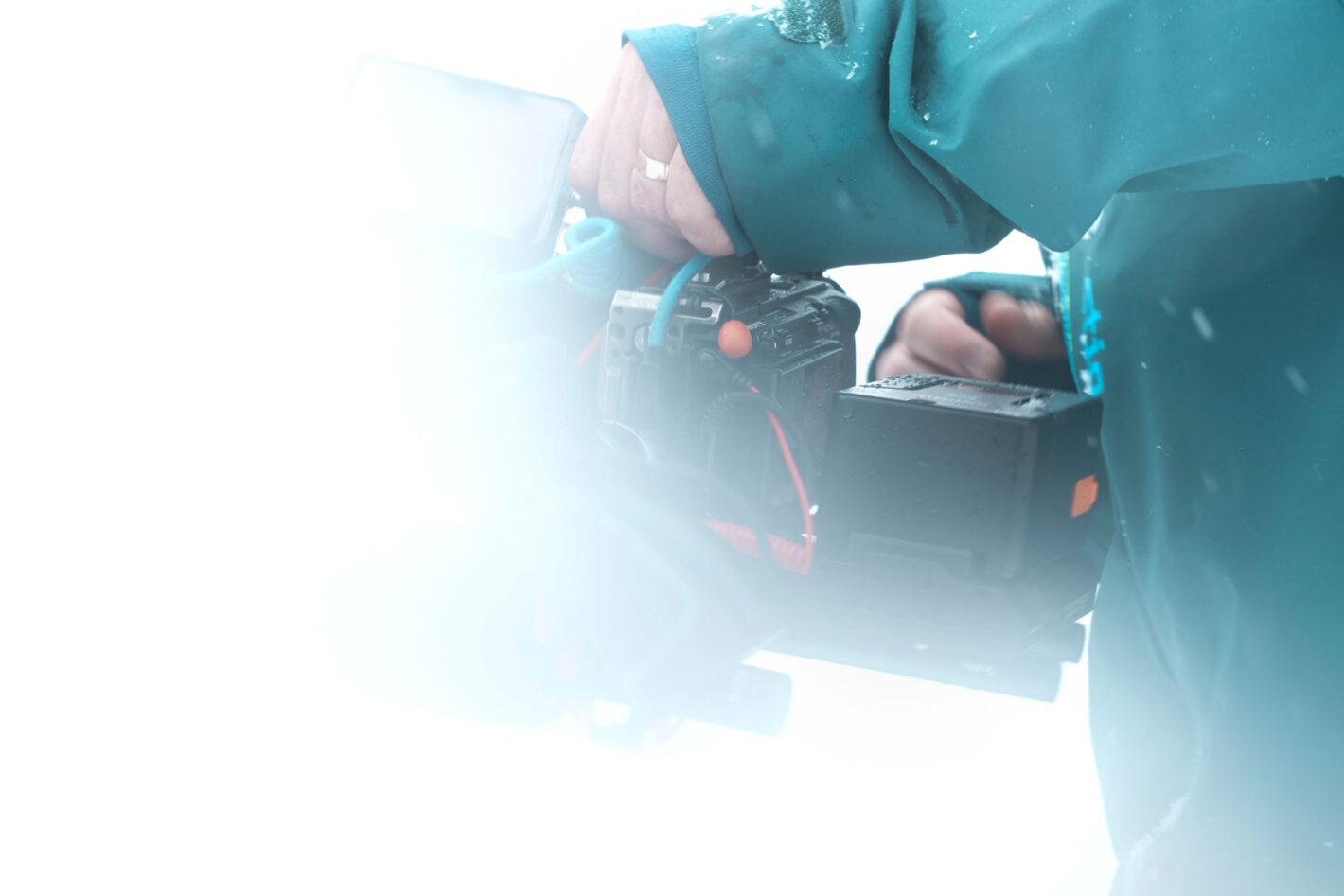
1:30–5:00 p.m.: Back at the editing desk, Hennie works on his backlog of edits for clients and his upcoming film. All this happens between infant care, but he appreciates the work. “Editing skills are just as important to me as moving through the mountains and working with athletes,” he says.
7:30–9:30 p.m.: With his laptop on the couch, Hennie takes the day’s raw footage and creates two distinct edits: one of Lexi, who he hasn’t worked with before, and a second of Willie that he will share later. (As an aside: Lexi doubles as a creative in her own right, collecting snow from different parts of the world and melting it down for watercolor paintings.) Distribution will follow through multiple channels including Hennie’s, the athletes’, Alta’s, and often brand partners. “I do this work because I love it,” says Hennie. “And doing what you love is always the right call. I grew into a filmmaker over my years at Alta. And being involved with the broader Alta community has in turn opened new doors for me in my career.”
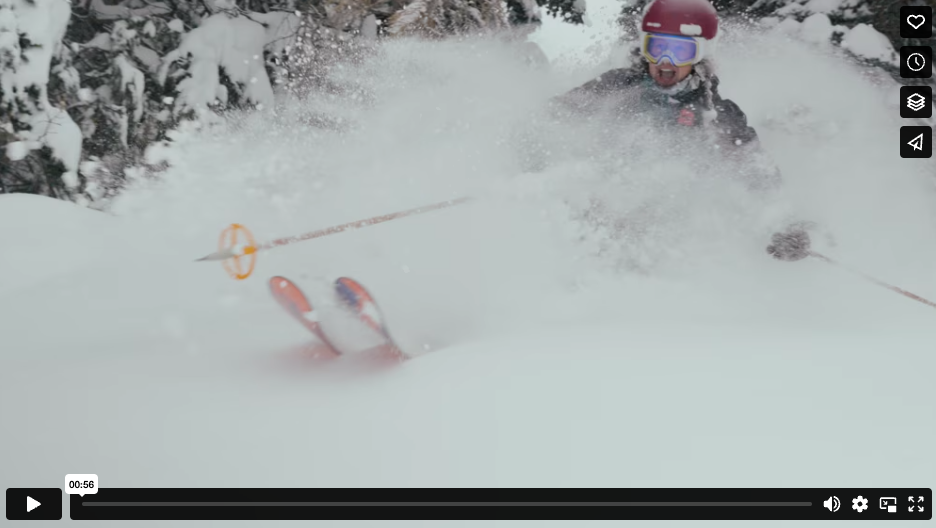
There was a problem reporting this post.
Please confirm you want to block this member.
You will no longer be able to:
Please note: This action will also remove this member from your connections and send a report to the site admin. Please allow a few minutes for this process to complete.